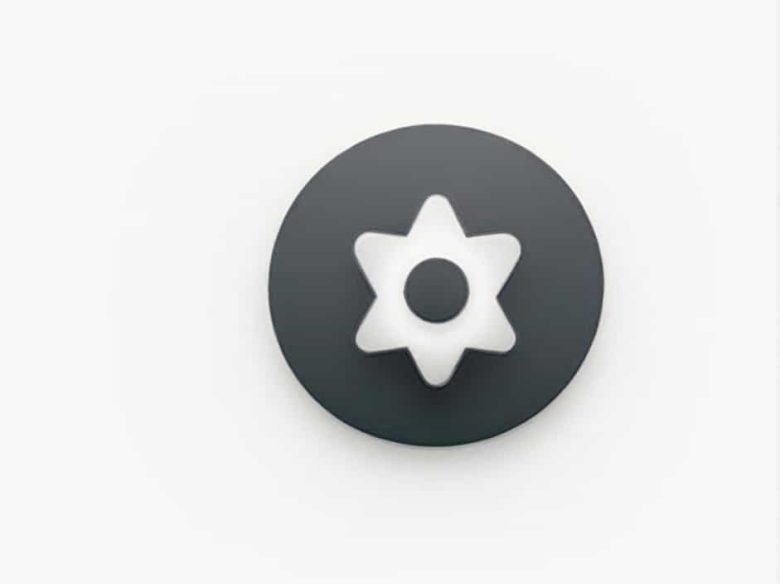Cepheid variable stars are among the most important tools for measuring distances in space. These stars pulsate in brightness at regular intervals, and their pulsation period is directly related to their luminosity. By studying this relationship, astronomers can calculate how far away a Cepheid is, helping to measure distances to galaxies, nebulae, and other celestial objects.
In this topic, we will explore how the distance to a Cepheid is determined, the importance of Cepheid variables in astronomy, and the role they play in understanding the size and expansion of the universe.
What Are Cepheid Variable Stars?
Cepheid variables are a type of pulsating star that expand and contract in a regular cycle. This causes their brightness to increase and decrease in a predictable way.
Key Characteristics of Cepheids:
- Pulsation Period: Ranges from a few days to several weeks.
- Brightness Variation: The star brightens and dims periodically.
- Intrinsic Luminosity: The longer the pulsation period, the brighter the star’s true luminosity.
This unique behavior allows astronomers to use Cepheids as standard candles for measuring cosmic distances.
The Period-Luminosity Relationship
In the early 20th century, astronomer Henrietta Swan Leavitt discovered a key property of Cepheid variables:
The longer a Cepheid’s pulsation period, the greater its true luminosity.
This discovery, known as the period-luminosity relationship, is the foundation for using Cepheids to measure distances in space.
How the Period-Luminosity Relationship Works:
- Measure the pulsation period of a Cepheid by observing its changes in brightness.
- Use the period-luminosity equation to determine the star’s absolute magnitude (true brightness).
- Compare the absolute magnitude to the apparent magnitude (how bright it looks from Earth).
- Apply the inverse-square law to calculate the distance.
This method is one of the most reliable ways to measure cosmic distances.
Step-by-Step Process for Determining Cepheid Distances
1. Observing the Star’s Brightness Over Time
Astronomers first track how a Cepheid’s brightness changes over days or weeks. This allows them to determine its pulsation period.
2. Applying the Period-Luminosity Law
Once the pulsation period is known, astronomers use a calibration formula based on Leavitt’s period-luminosity law to estimate the Cepheid’s true luminosity.
3. Comparing to the Star’s Apparent Brightness
By measuring how bright the Cepheid appears from Earth, astronomers compare it to the calculated true brightness.
4. Using the Distance Modulus Formula
The distance to the Cepheid is determined using the formula:
Where:
- m = Apparent magnitude (how bright the star appears from Earth)
- M = Absolute magnitude (true brightness from the period-luminosity relation)
- d = Distance in parsecs
By solving for ** d **, astronomers determine the Cepheid’s distance.
Why Cepheid Variables Are Crucial for Astronomy
1. Measuring the Distance to Nearby Galaxies
Cepheid variables are found in galaxies millions of light-years away. Their brightness makes them ideal distance markers for galaxies like Andromeda (M31) and the Magellanic Clouds.
2. Establishing the Cosmic Distance Ladder
Cepheids serve as the first step in the cosmic distance ladder, helping measure distances beyond our Milky Way.
- Nearby Cepheids help calibrate distances to more distant galaxies.
- Supernovae and other standard candles are then used for even farther objects.
3. Understanding the Expansion of the Universe
By measuring distances to galaxies containing Cepheids, astronomers helped discover that the universe is expanding. This played a key role in determining Hubble’s Law, which describes how galaxies move away from each other.
Types of Cepheid Variable Stars
There are two main types of Cepheid variables, each with slightly different properties:
1. Classical Cepheids
- Found in spiral galaxies and young star clusters.
- More luminous and follow a well-defined period-luminosity relationship.
- Used to measure distances to galaxies within a few hundred million light-years.
2. Type II Cepheids
- Found in older, metal-poor populations like the halo of the Milky Way.
- Less luminous than classical Cepheids.
- Useful for distance measurements within our own galaxy and nearby clusters.
Challenges in Measuring Cepheid Distances
Despite their accuracy, measuring Cepheid distances comes with challenges:
1. Dust and Interstellar Extinction
Dust in space blocks and scatters light, making Cepheids appear dimmer than they actually are. This must be corrected for accurate measurements.
2. Metallicity Effects
The chemical composition of a Cepheid affects its luminosity. Astronomers account for this when applying the period-luminosity relation.
3. Parallax Calibration
To refine Cepheid measurements, astronomers use parallax from space telescopes like Gaia to improve period-luminosity calibrations.
The Role of Modern Telescopes in Cepheid Studies
Hubble Space Telescope (HST)
HST has observed Cepheid variables in distant galaxies, improving the accuracy of the cosmic distance scale.
James Webb Space Telescope (JWST)
JWST can observe Cepheids in infrared light, reducing the impact of dust and providing more precise measurements.
Gaia Mission
The Gaia space observatory has measured parallaxes of nearby Cepheids, refining their period-luminosity relationship.
Cepheid variable stars are one of the most powerful tools for measuring distances in space. By using the period-luminosity relationship, astronomers can determine the distance to Cepheids with high accuracy, allowing them to map galaxies, measure cosmic expansion, and refine our understanding of the universe.
Through continuous advancements in telescopes and space missions, Cepheid distance measurements will become even more precise, helping unlock the secrets of our cosmic neighborhood.



